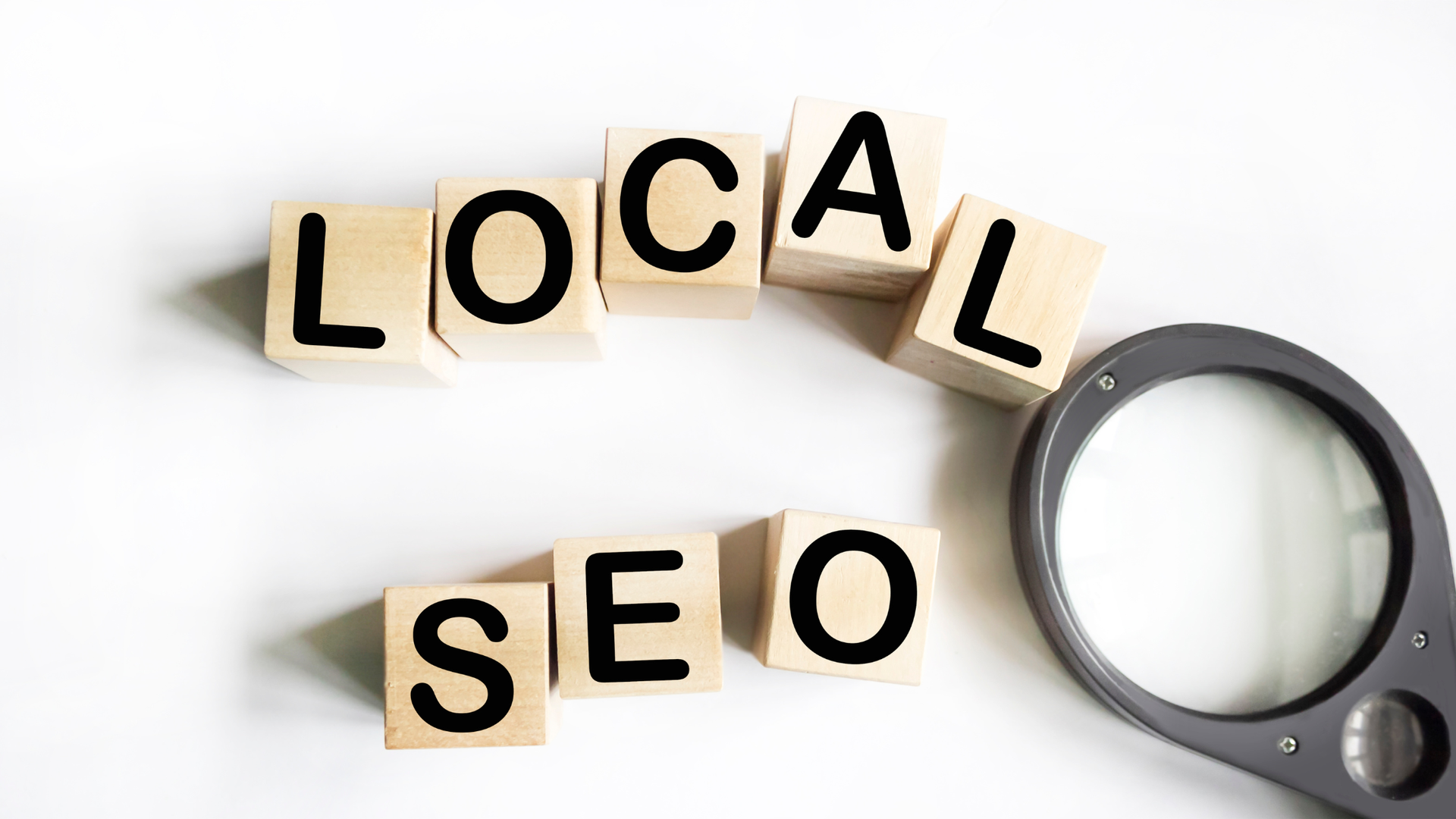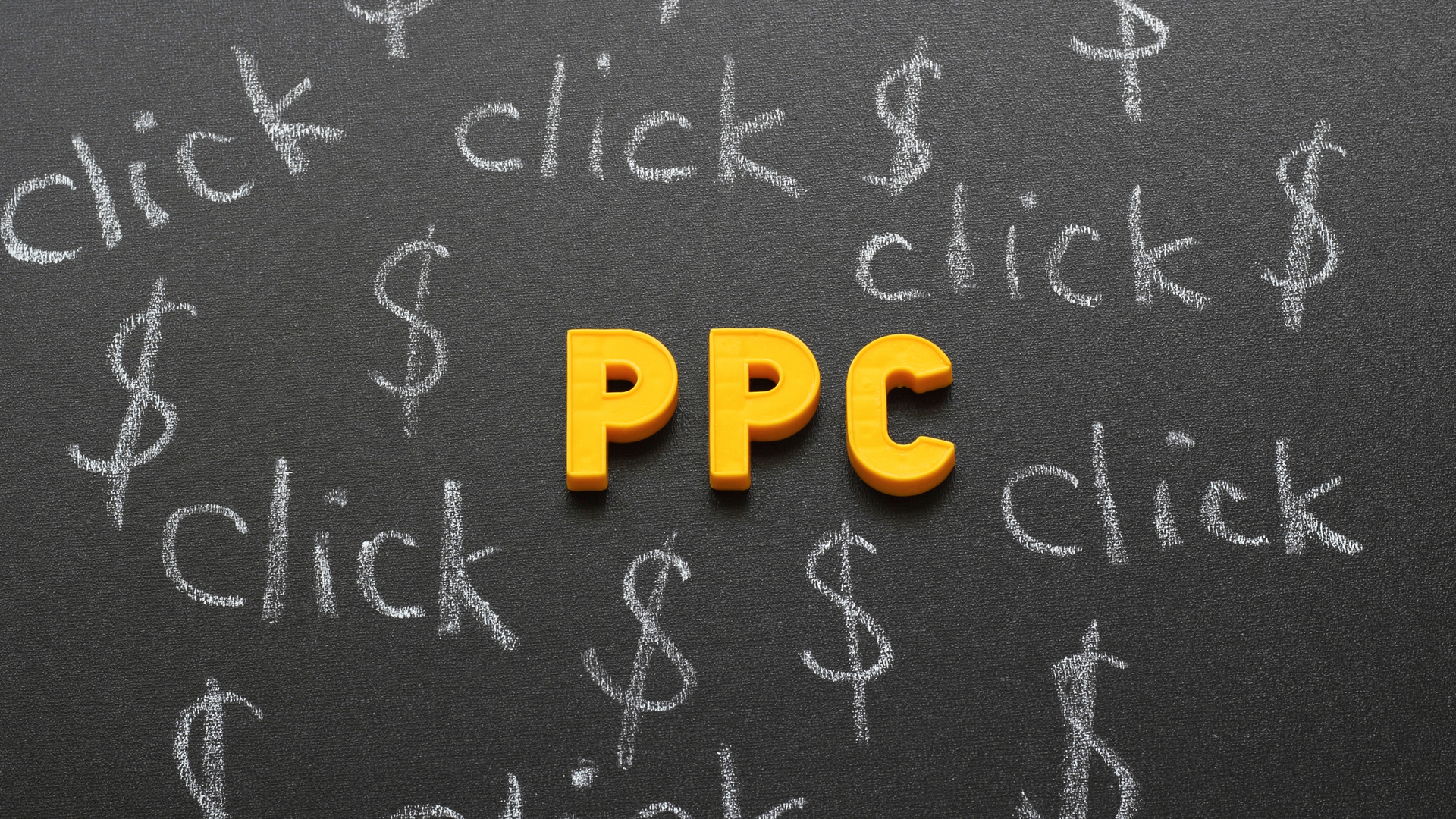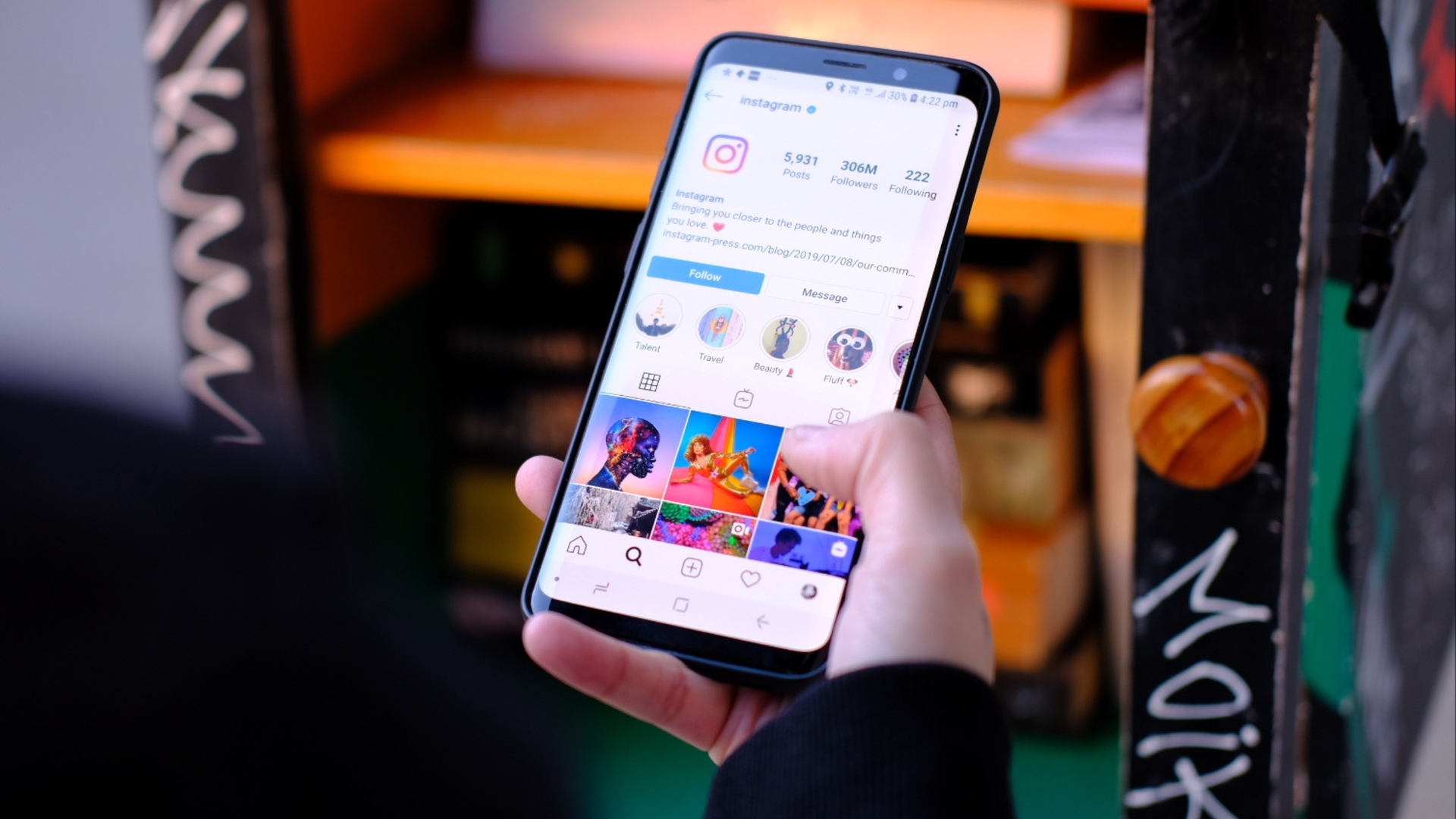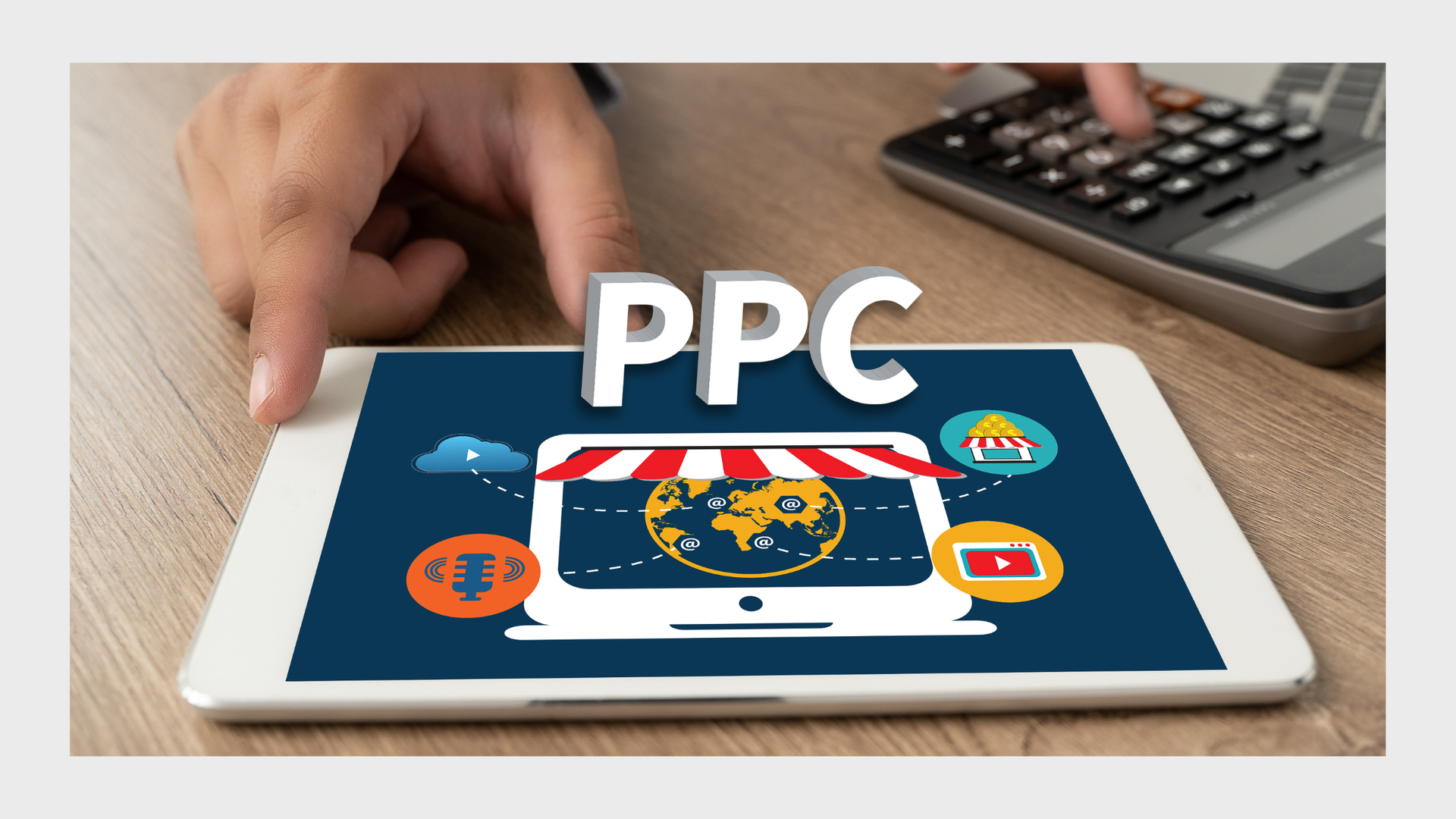Marketing a New Business: 7 Strategies That Actually Work
Introduction: Why Marketing Matters in the Early Days
Marketing a new business can feel overwhelming, especially when you're juggling multiple responsibilities as a small business owner. However, an effective marketing strategy is essential for generating interest, building brand awareness, and achieving sustainable growth. Without it, even the best product or service may never reach its potential customers.
The early days of launching a new venture are critical. This is when you establish your presence, begin to attract customers, and set the tone for your brand identity. Strategic marketing efforts allow you to reach your ideal customer, highlight your value proposition, and start meaningful conversations that eventually turn into sales.
In this guide, we explore seven proven marketing strategies that actually work for new businesses. These techniques combine modern digital marketing practices with time-tested methods to ensure you reach your target audience effectively.

1. Build a Solid Digital Marketing Strategy
Digital marketing is the cornerstone of modern small business marketing. It provides a cost-effective, scalable way to connect with a global audience and generate interest in your brand.

a. Identify Your Target Market and Ideal Customer
Understanding your target market is crucial to effective marketing. Conduct market research to define your ideal customer profile—their age, interests, location, income level, and pain points. This ensures that your marketing activities are tailored to the right audience.
Tip: Use tools like Statista or ONS for up-to-date demographic insights in the UK.
b. Establish Your Value Proposition
Your value proposition is what sets your business apart. It should answer the question: Why should customers choose you over competitors? Be clear, concise, and customer-focused. Highlight how your product or service solves a problem or delivers superior value.
c. Select Your Core Marketing Channels
Decide which marketing channels align best with your goals and audience. For many businesses, this includes a mix of:
- Social media platforms (e.g. Instagram, LinkedIn)
- Email marketing
- Content marketing
- Search engine optimisation (SEO)
- Pay-per-click advertising
Choosing wisely helps you allocate your budget and efforts efficiently.
d. Measure Your Marketing Effectiveness
To ensure your marketing strategy is working, track key metrics such as:
- Website Traffic
- Conversion rate
- Social media engagement
- Email open and click-through rates
Use analytics tools like Google Analytics and Hotjar to refine your campaigns.
2. Use Social Media Marketing to Build Brand Awareness
Social media is a powerful tool for building brand exposure, engaging with your audience, and driving traffic to your website. It's also an affordable way for small business owners to create visibility.
a. Choose the Right Social Media Platforms
Not every platform will suit your brand. Choose based on your target audience:
- Instagram & TikTok: Best for visual products and younger audiences
- Facebook: Great for community building and local advertising
- LinkedIn: Ideal for B2B marketing
- Pinterest: Useful for lifestyle, design, and fashion businesses
Consider checking platform-specific trends and insights on Sprout Social.
b. Create Engaging Social Media Posts
Post consistently and offer a mix of:
- Educational content
- Behind-the-scenes looks
- Promotions and offers
- Customer testimonials
Use branded visuals, interactive polls, and reels to maximise engagement.
c. Use Paid Social Media Advertising
Social media advertising allows precise targeting based on interests, location, behaviours, and more. A well-structured ad campaign can deliver quick wins in building awareness and capturing leads.
Platforms like Facebook Ads Manager and TikTok Ads offer robust options for small business marketing.
d. Leverage User-Generated Content
Encourage existing customers to post about your product or service. User-generated content builds trust, increases brand authority, and expands your reach through authentic recommendations.
3. Invest in SEO and Content Marketing
When it comes to marketing a new business, SEO (Search Engine Optimisation) and content marketing are long-term investments that pay off with increased website traffic, better search engine rankings, and higher customer engagement. These strategies work quietly in the background, attracting potential customers even when you're offline.
a. Create Educational Content that Attracts
People search the internet for answers to problems, how-to guides, and insights. By publishing valuable educational content, you're positioning your business as an authority while also addressing the needs of your target audience.
Start by creating:
- Blog posts
- How-to guides
- Explainer videos
- Infographics
- Webinars or downloadable resources
Make sure every piece of content solves a real problem your ideal customer faces.
For example, a small accounting firm might publish a blog titled “How to Reduce Tax Liability as a Freelancer in the UK.”
b. Optimise for Search Engine Results Pages
Optimisation is not just about stuffing in keywords—Google values quality, relevance, and clarity. Improve your visibility on search engine results pages (SERPS) by:
- Using your main keyword in the page title, headings, and meta description
- Adding alt text to images
- Writing short, clean URLS
- Including internal links to related content
- Making your site mobile-friendly and fast-loading
Google’s Search Central offers free resources to help with technical SEO.
c. Blogging as a Tool for Credibility and Traffic
A regularly updated blog helps build brand authority and provides opportunities to rank for various long-tail keywords. Think of blog content as a bridge between customer problems and your solutions.
Write with your audience in mind, and incorporate calls-to-action (CTAS) to move readers along their customer journey. Whether it’s signing up for your newsletter or booking a consultation, every blog post should guide them closer to becoming a customer.
d. External Linking for Authority and Reach
Linking to reputable, high-authority websites boosts your content’s credibility and helps search engines understand your niche. It’s also good digital etiquette.
For example, referencing a trusted source like the Federation of Small Businesses (FSB) in the UK can increase trustworthiness and provide your readers with additional value.
Pro tip: Guest blogging on industry-relevant websites can drive referral traffic and build backlinks, which are critical for SEO success.
4. Run Email Marketing Campaigns for Customer Engagement
Email remains one of the most cost-effective and personalised marketing tools available. With an ROI of around £35 for every £1 spent, according to DMA UK, it's a must for businesses of all sizes.
Use email campaigns to:
- Welcome new subscribers
- Send exclusive offers
- Share updates and stories
- Promote new blog content or products
Segment your list based on customer behaviour, preferences, and demographics to improve engagement.
Types of emails to send include:
- Newsletters: For regular updates and value-added content
- Drip campaigns: Automated emails that nurture leads over time
- Promotional emails: Announcing sales or events
- Re-engagement emails: To win back inactive subscribers
Make sure your emails are:
- Mobile-friendly
- Written with a clear CTA
- Personalised (using the recipient’s name or past interactions)
- Compliant with GDPR regulations in the UK
Tools like Mailchimp and MailerLite are beginner-friendly options for managing campaigns.
7. Conduct Market Research and Adapt Your Business Strategy
A key trait of successful companies is the ability to evolve. As markets shift and customer expectations change, your marketing strategy and business approach must adapt accordingly. Continuous market research empowers small business owners to make data-driven decisions that support sustainable growth.
Why Market Research Is Crucial
Ongoing market research allows you to:
- Identify emerging trends in your industry
- Understand customer behaviour and preferences
- Benchmark against competitors
- Refine your pricing strategy, products, and marketing efforts
- Discover new marketing channels
Tools like SurveyMonkey and YouGov are useful for gathering consumer opinions in the UK.
How to Conduct Effective Market Research
There are two main types:
- Primary Research – Collect data directly from your customers via:
- Surveys and polls
- Interviews and focus groups
- Feedback forms and testimonials
- Secondary Research – Analyse existing data such as:
- Industry reports
- Government statistics (see ONS)
- Competitor websites and reviews
Don’t forget to monitor social media channels and online reviews for real-time insights into what customers think about your product or service.
Analyse the Customer Journey
Mapping the customer journey can reveal key moments when engagement is high or where leads drop off. From awareness to conversion and post-purchase support, understanding this journey helps improve the customer experience and increases conversion rates.
Adapt Your Business Strategy
Once you've gathered insights, be prepared to:
- Pivot your offerings to meet demand
- Tweak your content marketing or social media marketing based on audience feedback
- Adjust pricing to remain competitive
- Launch new marketing campaigns targeting underserved segments
Use Analytics to Guide Change
Harness tools like:
- Google Analytics for tracking website behaviour
- HubSpot for full-funnel marketing analytics
- Social media insights (available on Facebook, Instagram, LinkedIn)
These platforms allow you to evaluate what's working and what isn’t, enabling ongoing improvements and efficient marketing activities.
5. Use Local Media and Print Advertising Strategically
While digital marketing is dominant, traditional marketing methods such as print and local media can still be incredibly effective, especially for businesses targeting a local audience. Integrating offline techniques with online marketing creates a holistic strategy that increases brand exposure and widens your customer base.
Harness the Power of Local Media
Local newspapers, magazines, and radio stations are ideal platforms to get your business in front of nearby customers.
Benefits include:
- Geographic targeting: Speak directly to your local community.
- Credibility: Being featured in local media boosts your reputation.
- Networking opportunities: Local events, interviews, and sponsorships offer great exposure.
Reach out to community-focused outlets like:
- Your town’s free press or lifestyle magazine
- Local BBC Radio stations or community podcasts
- Regional directories such as Thomson Local
Effective Use of Print Advertising
Although print may seem old-school, it remains an impactful marketing tool when used strategically. Consider:
- Leaflets and flyers
- Direct mail campaigns
- Business cards
- Posters in high footfall areas
- Magazine and newspaper ads
To maximise ROI:
- Use high-quality design and branding
- Add a clear call to action (e.g., “Visit our store this weekend for 20% off”)
- Include QR codes linking to your website or social media pages
Sponsor Local Events or Charities
Aligning your brand with local causes is a great way to build trust and demonstrate credibility. Sponsorships offer opportunities for brand visibility, media coverage, and social media mentions from event organisers.
Example: Sponsor a youth football team and have your logo featured on team kits or banners at matches.
Leverage Word-of-Mouth and Referral Marketing
In tight-knit communities, word-of-mouth remains king. Encourage repeat customers to refer friends by:
- Offering incentives (e.g., “Refer a friend and both get £10 off”)
- Creating loyalty cards
- Sharing customer stories or testimonials in your marketing
6. Offer Loyalty Programmes to Retain Existing Customers
Retaining customers is far more cost-effective than acquiring new ones. A well-designed loyalty programme not only increases repeat purchases but also fosters brand loyalty and helps you better understand customer behaviour.
Benefits of Loyalty Programmes
- Increase customer satisfaction
- Boost customer lifetime value
- Improve customer experience
- Build an emotional connection with your brand
According to research from Yotpo, 60% of loyal customers will recommend a brand to friends and family.
Types of Loyalty Schemes
- Points-Based: Customers earn points for every purchase, which they can redeem for discounts or freebies.
- Tiered Programmes: The more they spend, the better the perks (e.g., bronze, silver, gold levels).
- Punch Cards: Ideal for cafés or salons—“Buy 9, get the 10th free.”
- Referral Bonuses: Reward customers for bringing in new business.
Digital vs Physical Loyalty Tools
You can implement loyalty programmes via:
- Apps (e.g., Stamp Me, Smile.io)
- POS integrations
- Physical loyalty cards
Ensure they are easy to use and accessible. Send reminders via email marketing or social media to encourage participation.
Track and Optimise Performance
Monitor participation rates, redemption levels, and overall impact on sales and customer retention. Adjust rewards and offers based on what keeps customers coming back.
Conclusion: Position Your Business for Long-Term Success
Marketing a new business takes more than just launching a product—it requires strategic thinking, adaptability, and ongoing commitment to your customers. The 7 strategies that actually work, as outlined in this article, offer a robust foundation for building a successful business and navigating the ever-evolving marketing landscape.
From understanding your target market and leveraging the power of social media marketing, to investing in a smart SEO strategy and nurturing your existing customers, each step brings you closer to achieving business growth. And as trends shift, those who continue to refine their marketing efforts based on real-world data and feedback will stand out.
Remember:
- Start small, scale wisely: Focus on marketing channels that suit your brand and budget.
- Measure what matters: Use analytics to track success and tweak your approach.
- Stay customer-focused: Whether through loyalty programmes or meaningful content, always add value to your audience.
Your journey doesn’t end here. Keep learning, testing, and evolving because the most successful companies are the ones that never stop improving.
Ready to take action? Choose one strategy from this article and begin implementing it today.
Frequently Asked Questions (FAQS)
What is the most effective marketing strategy for a new business?
There isn’t a one-size-fits-all answer, but combining digital marketing with a deep understanding of your target audience tends to yield the best results. Begin with content marketing, social media advertising, and email campaigns, while also leveraging market research to adapt along the way.
How do I identify my target market as a new business?
Start by analysing who your product or service is for. Use surveys, monitor competitors, and research using demographic tools like ONS. Create buyer personas that reflect your ideal customer’s needs, interests, and behaviours.
Is social media necessary for marketing a small business?
Yes, social media platforms offer cost-effective ways to increase brand awareness, drive engagement, and reach both local and global audiences. Platforms like Instagram, Facebook, and LinkedIn are excellent for marketing effectiveness, especially when used consistently.
How much should a new business spend on marketing?
A common benchmark is around 5-10% of your revenue. For startups with limited budgets, focus on low-cost channels like SEO, email marketing, and content creation. Over time, reinvest in areas that deliver the best return.
What are loyalty programmes, and how do they help?
Loyalty programmes reward repeat customers, helping you to retain existing customers and encourage increased brand loyalty. Options include point systems, referral incentives, and discounts for returning clients. These efforts build trust and deepen the customer relationship.
Why is SEO important for new businesses?
Search engine optimisation (SEO) boosts your visibility in search engine results pages, making it easier for potential customers to discover your brand. SEO helps drive organic traffic and establish brand authority without relying heavily on paid ads.










